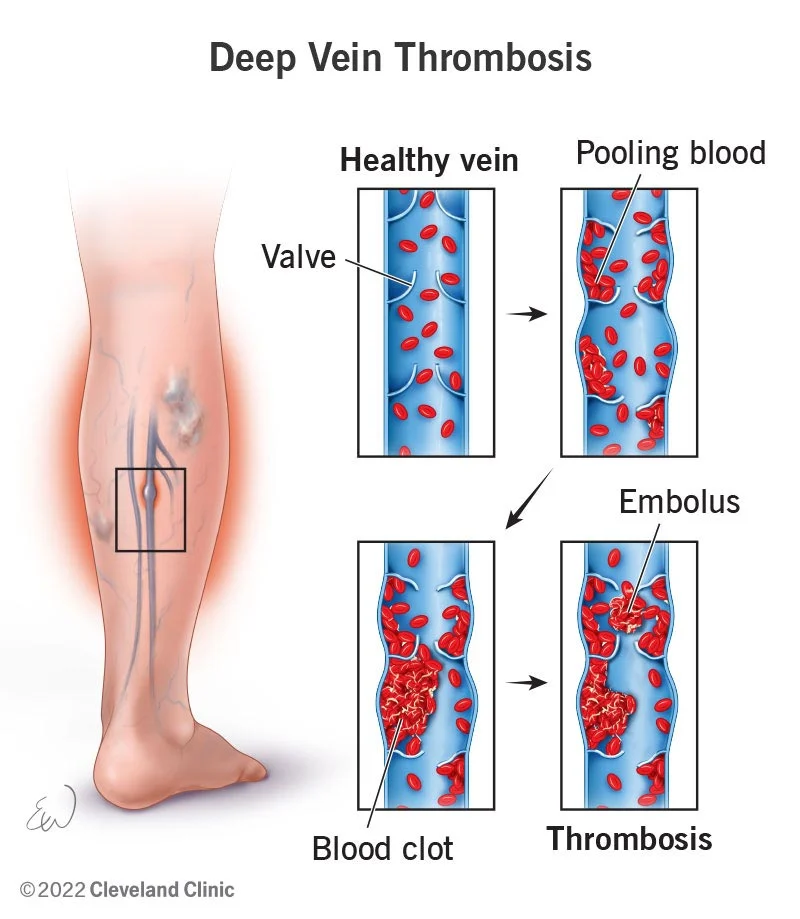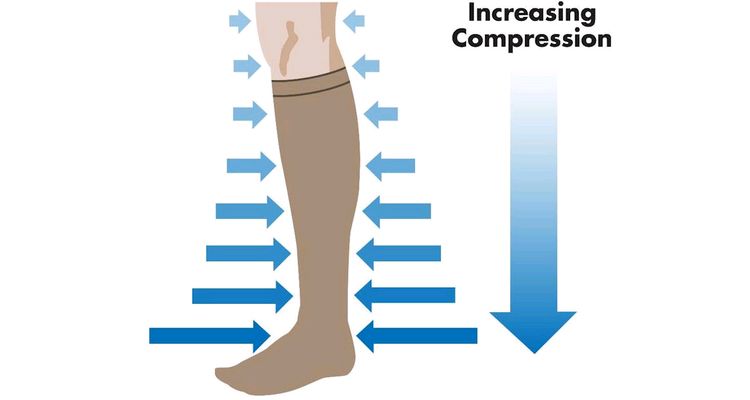Compression socks can solve many problems with sore legs. But there are many questions about them. One of them is, should you walk around in compression socks?
You should wear compression socks when walking, as more blood pools in your legs when you walk. The more time we spend walking and standing, the more blood accumulates in the legs. Compression stockings speed up blood circulation through the body and prevent sore and swollen legs.
If it is healthy to walk in compression stockings and how to choose them according to your health needs. You will find out later in this article.
Should You Walk Around In Compression Socks?
It is advisable to wear compression stockings if you work in a job where you spend most of your time standing or sitting. When you are standing or sitting, the blood is trapped in your legs, and it is harder for it to reach your heart, which propels the blood forward through your body.
As the blood builds up in your legs, your legs become swollen and start to ache. Prolonged periods can cause long-lasting leg pain, varicose veins, and permanent leg swelling. Blood clots form in the legs, preventing blood from traveling further through the body.

Therefore, wearing compression socks while walking is recommended if you notice that your legs start to ache when standing or sitting for long periods (2-3 hours). Problems caused by excessive standing or sitting can be prevented by wearing compression stockings. And with simple exercises that can be done while standing or sitting.
With simple exercises and by wearing compression stockings, we can prevent or eliminate milder problems, such as leg pain and milder forms of varicose veins.
How tight should a compression sock be?
Compression socks must be just the right fit but must not interfere with wearing. Compression stockings have certain compression level standards, of which 20-30 mmHg is the most appropriate level for most users who do not need compression stockings for medical use.
For those who need compression stockings to correct a medical problem, you should speak to your doctor, who will prescribe suitable compression stockings for you. Compression stockings with a level of 20-30 mmHg are the most common for everyday use. Other levels that are most common are:
- 8-15 mmHg (mild)
- 15-20 mmHg (medium),
- 20-30 mmHg (firm),
- 30-40 mmHg (extra firm) and
- 40-50 mmHg.
Compression stockings are available in different shapes. The most common form is in the form of knee-high socks, but there are also compression tights (for men and women), and compression pantyhose, which are designed for women.

At work, you do not have many moments to sit down. You can speed up the blood around your body by doing calf raises. You can do them while sitting or standing, just like in the video below.
However, when leg pain and varicose veins are more of a problem, it is essential to see a doctor who will prescribe medical compression stockings, which are different from those for preventive wear. As I am not a doctor, I will not advise you on how to deal with medical problems.
Is there a downside to wearing compression socks?
Skin changes, irritated skin, and redness can occur when wearing compression stockings. These problems can occur if your compression stockings do not fit properly, if you wear them for too long or if you are allergic to the material of compression stockings.
If you have a serious health problem, if you have pronounced varicose veins, if your legs won’t stop hurting, or if your feet are cramped (if water accumulates in them). Then you should see a doctor who will prescribe medical compression stockings.

Medical socks are different from compression socks for preventive use. Medical compression socks are made specifically for your health needs.
Wearing the wrong compression stockings can make your condition worse. Your doctor will prescribe what compression strength the socks should have and what type of compression the socks should provide.
Based on this article, I have found that compression stockings are divided into three main types:
- graduated compression stockings
- anti-embolism stockings
- nonmedical support hosiery
Graduated compression stockings are socks prescribed by a doctor because they must fit the leg precisely in width and length. Most compression stockings extend from the ankle to the knee. At the ankle, the stockings are tightest and slowly loosen higher up towards the knee.

Anti-embolism stockings work similarly to graduated compression stockings by being more compressive at the ankle and slowly loosening towards the knee. These types of stockings are more suitable for those who are not mobile.
Nonmedical support hosiery is socks that do not require a doctor’s prescription and are generally less tight than those of the medical kind. This compression sock also includes running compression socks, which can be bought online. Their primary purpose is to relieve muscle soreness in those of us who do not have any major health problems with our legs that would require a doctor to prescribe medical compression stockings.
